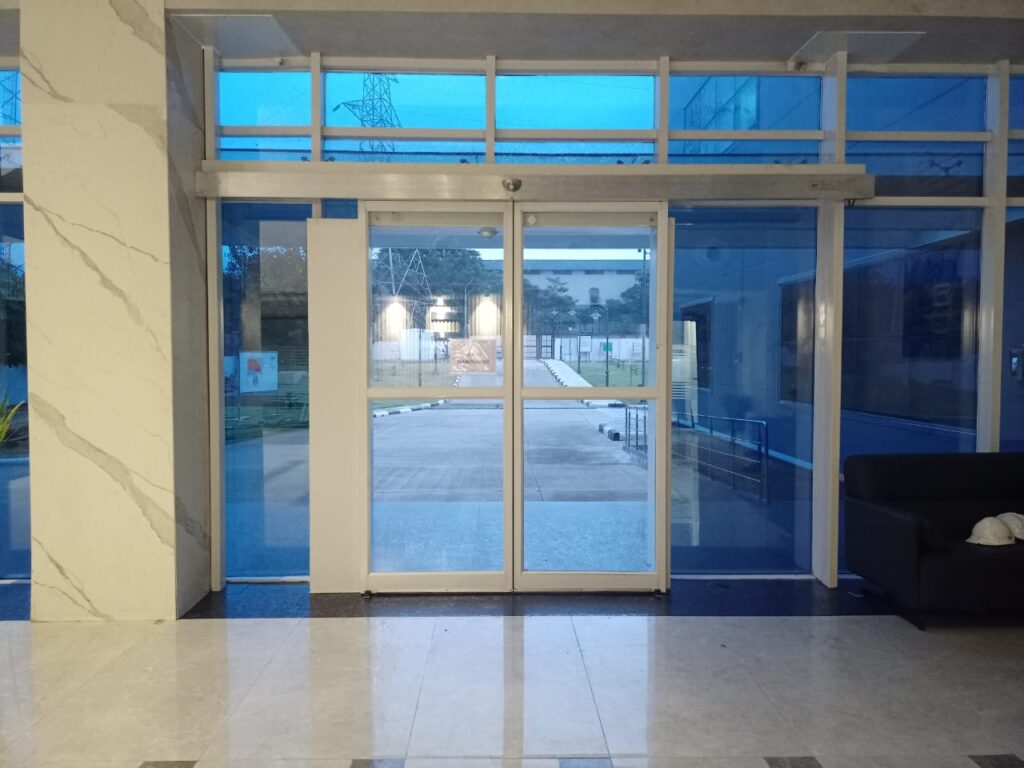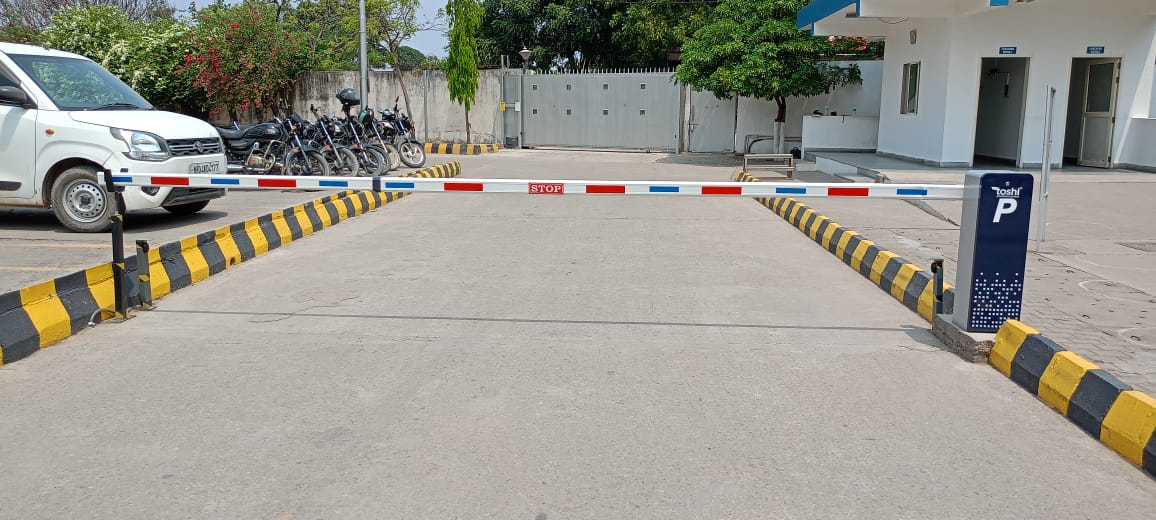Automatic doors allow people to enter and exit buildings with ease. They contribute to the overall building design, allowing building owners to provide safer and more pleasant environments for visitors. The numerous benefits provided by these automated doors have resulted in a major growth in demand for automatic door solutions during recent years. Automatic door systems are now a common feature in retail stores, airports, hospitals, hotels, educational facilities, and other structures.
1. Optimizing the entry & exit processes:
One of the key benefits of automatic doors is their ability to simplify the entry and departure processes. Traditional doors can frequently cause congestion, particularly in busy buildings with significant foot traffic, such as a university campus. Automated doors, on the other hand, provide a far more efficient option for managing the flow of people into, out of, and inside a building. Automatic doors use control sensors and motion detection technologies to provide quick and efficient entry, allowing individuals to move freely throughout your building. Furthermore, you can set these automatic door systems to open and close at specified times of day or night. Making them an excellent solution for locations with no 24-hour staff presence.
2. Improving energy efficiency with sustainability:
The emphasis on energy efficiency in building design contributes to the increased demand for door automation. As individuals, organizations, and governments continue to prioritize energy conservation, specifiers are implementing automated doors to assist reduce energy waste in buildings. Automatic doors, with their quick opening and closing capabilities, can efficiently reduce the loss of conditioned air. This means that, in addition to providing a more comfortable internal environment for inhabitants, automatic doors contribute to lower heating and cooling expenses in these spaces. There is an obvious link between a building’s energy efficiency and sustainability, and automatic doors offer a high-performance and visually appealing option. With their energy-efficient characteristics, they assist building owners in reducing their facilities’ energy use, which in turn has a more positive impact on the environment.
3. Enabling accessibility to all:
Making buildings totally accessible means allowing individuals of all abilities to navigate them with ease and independence. As a result, automatic door systems play an important role in promoting inclusion in modern building design. Automatic doors are designed to suit a wide range of accessibility requirements by including control elements such as push-button activation, touchless sensors, and voice activation. These automated doors are especially useful in public areas with a high footfall. This covers locations like shopping malls, airports, hospitals, and commercial office buildings. Making it easier for people with impairments or mobility challenges to enter and navigate these sites. Furthermore, installing automatic doors within buildings enables businesses to improve the experience of those who enter and utilize their facilities. This is because they allow people to enter and exit easily without having to fight with heavy doors, resulting in a more welcome and user-friendly environment and a more positive experience.
4. Ensuring safety & security:
Automatic doors incorporate modern safety elements that prioritize the well-being of users. These doors are equipped with sensors that detect the presence of obstructions in their passage. This means that if someone or something gets in the way, the doors will automatically stop, preventing accidents or injury. This is especially critical in crowded places like retail malls, hospitals, and train stations. Furthermore, the sensors in automatic doors detect the approach of humans, allowing the doors to open just in time and avoiding collisions. These doors adapt to the needs of various users, whether they are carrying large items, using a wheelchair, or being elderly. In addition to its safety features, automatic doors can also be easily linked with existing security systems. Automatic doors can be integrated into a building’s security infrastructure by combining access control systems and CCTV cameras.
5. Enhancing overall building design:
Nowadays, businesses seek to create welcoming environments that emphasize the comfort, convenience, and safety of all who visit or use them. For this reason, careful architectural planning and building design are critical. Many architects and designers have discovered that automatic doors can considerably improve the designs of their construction projects. Automatic doors, with options tailored to individual functional and aesthetic requirements, can blend smoothly into building design, providing both a distinctive and functional entrance and exit solution. Specifiers can select from a variety of materials, coatings, and design aspects to customize the ‘look and feel’ of the doors, as well as their functioning, to meet the individual project requirements. That means you may tailor automatic doors to your specific aesthetic, from sleek glass finishes to graceful wood or sophisticated metal designs. Furthermore, combining the design of the automated entrances with the general structure of the building allows for a more uniform and streamlined appearance. The versatility of these adaptable automatic doors enhances the entire experience for both building tenants and visitors from a variety of businesses.
Best range of Automatic gates you may find
Toshi Automation Solutions Limited provides high-quality, effective, and dependable automatic door systems. We are revolutionizing how people enter and depart buildings with automatic sliding doors, turning doors, and curved sliding doors, by parting doors as well as telescopic sliding doors, and many more. Our automated door solutions will help to increase efficiency and experiences in any structure, including commercial spaces, hospitals, hotels, and universities.



